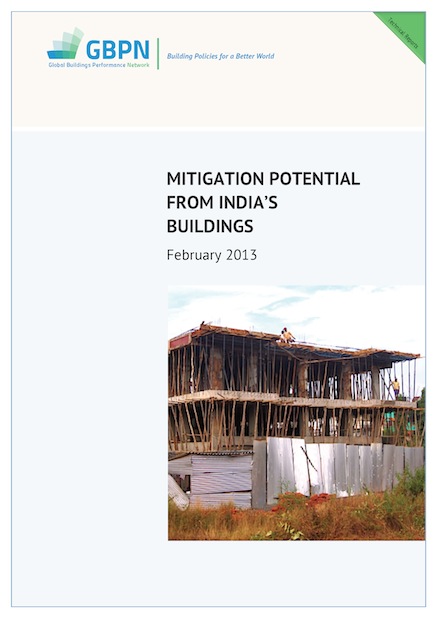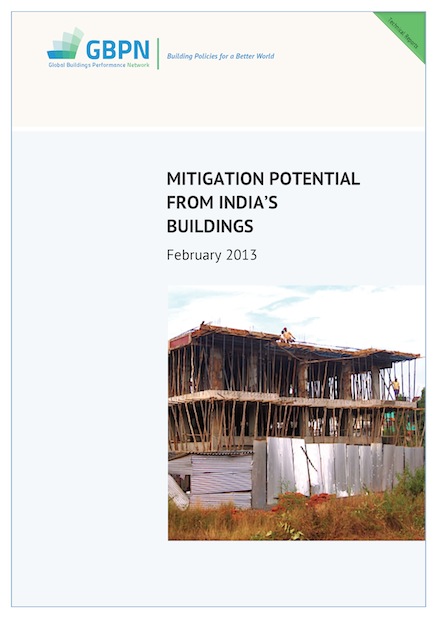印度建筑的减排潜力

可靠证据表明,至2050年印度建筑领域会产生巨幅能源增长,基于此估测,本报告分析了印度目前建筑节能减排的政策框架及其节能潜力。
6 result(s) found

可靠证据表明,至2050年印度建筑领域会产生巨幅能源增长,基于此估测,本报告分析了印度目前建筑节能减排的政策框架及其节能潜力。
可靠证据表明,至2050年印度建筑领域会产生巨幅能源增长,基于此估测,本报告分析了印度目前建筑节能减排的政策框架及其节能潜力。
 可靠证据表明,至2050年印度建筑领域会产生巨幅能源增长,基于此估测,本报告分析了印度目前建筑节能减排的政策框架及其节能潜力。
可靠证据表明,至2050年印度建筑领域会产生巨幅能源增长,基于此估测,本报告分析了印度目前建筑节能减排的政策框架及其节能潜力。
 Technical Report
Technical Report
Demonstrating the enormity of the predicted energy growth in India's building sector up to 2050, this report explores the current political framework for energy efficient buildings and the potential for change.
Background
In 2007, the Indonesian Government instigated a national program to convert domestic kerosene users to liquefied petroleum gas (LPG) for cooking. This was primarily motivated by the rising cost of kerosene subsidies.
Objective
To review the national conversion program and LPG scale up by evaluating its impacts, including assessing sustained changes in cooking behaviour and consequent reductions in exposure to household air pollution (HAP).
Heat pumps are relatively simple appliances. They share similar components to refrigerators and air conditioners and effectively move an external source of heat to where it is needed, such as in buildings for heating or the production of hot water. Their key value is efficiency; for each unit of electricity consumed to operate them, they produce multiple units of usable heat. Because of this, they require much less energy input for a similar heating outcome compared to combustion technologies, making them naturally cleaner and generally cost effective to run.